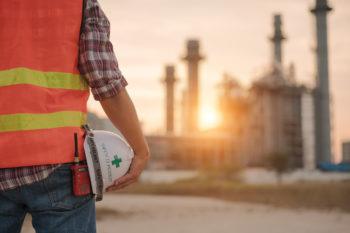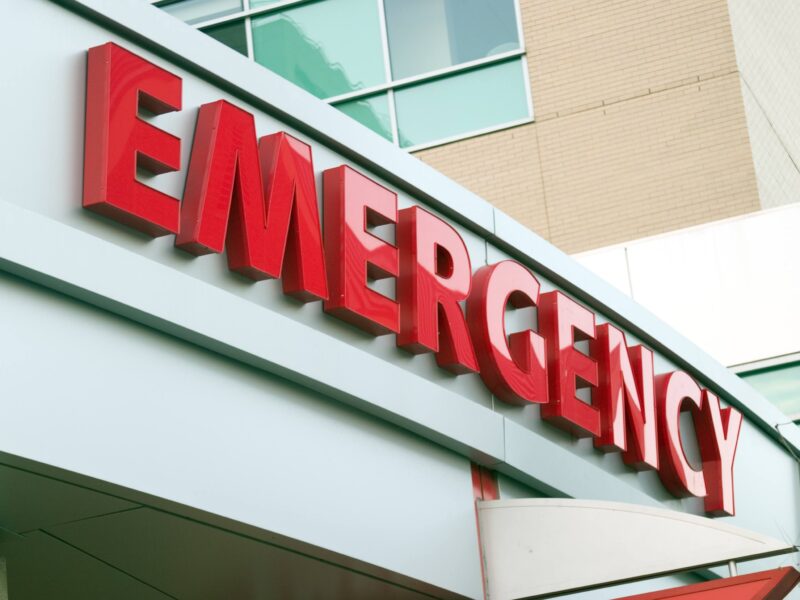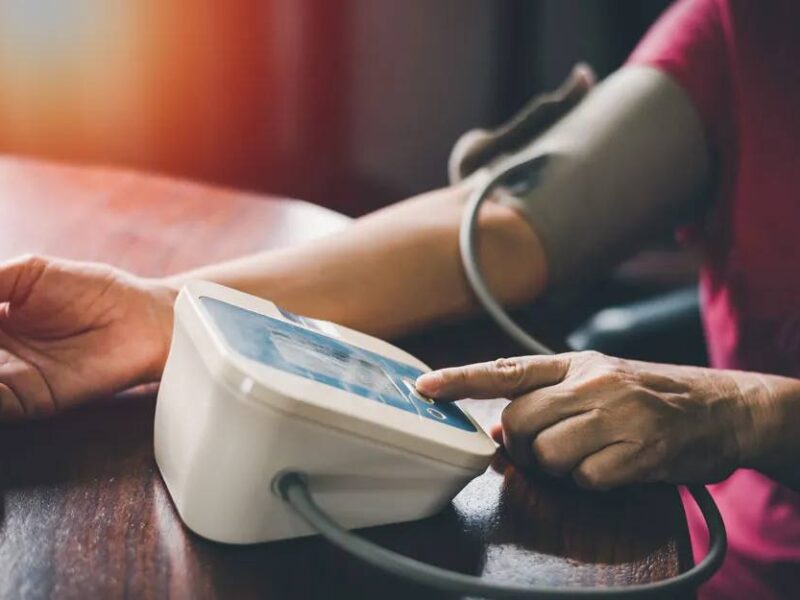Worker Safety Goes Beyond Human Error

Disasters in high-risk industries can have catastrophic environmental, financial and human safety consequences. One way these industries help prevent and mitigate disasters is formal procedures designed to standardize how work is done. These procedures typically come in the form of a written document workers use while performing a task.
Camille Peres, associate professor at the Texas A&M University School of Public Health, said that there are two models of safety companies usually follow to varying degrees, whether they realize it or not. Safety model one “is very much a control paradigm,” Peres said. “The idea the company has is that if they control absolutely everything that’s going on, then they will be safe.” This narrow, rule-following approach does not account for unexpected circumstances and broader system issues, such as safety climate.
Safety model two focuses on procedures as a tool for the worker, and the worker being sufficiently trained to know how and when to adjust to unforeseen circumstances.
“Safety model two involves empowering the workers to understand the risks and be able to adapt when necessary to unexpected situations,” Peres said. “There is an acknowledgment that things don’t always go according to plan, and there is constant feedback between workers and superiors about how best to accomplish work — this often means improving procedures in an efficient and effective way.”
Although safety model two seems like an effective way to prevent incidents from occurring, there has been little empirical evidence for it in the workplace. To fill this research gap, Peres and colleagues, including Joseph W. Hendricks, research associate at the School of Public Health, recently conducted a study to investigate how both safety models one and two influence safety in the workplace through individual and system-level characteristics.
Individual characteristics include amount of work experience, attitude toward procedure utility (or usefulness), and attitude toward procedure compliance. System-level characteristics include worker subjective judgments of procedure quality, safety climate, the efficiency of the procedure change process and the impact of procedure improvement.
The researchers’ main findings were that the better the worker’s attitude toward compliance and the utility of procedures, and fewer years’ experience, the less likely they are to deviate from and actually use procedures.
Further, the researchers found that of the individual-level characteristics, attitudes toward procedure utility were found to be the best predictor of incidents and near-misses, suggesting that the better workers’ attitudes regarding procedure utility, the fewer incidents and near-misses they were involved in per year.
“To have utility associated with incidents and near misses is a big deal,” Peres said. “This tells industry that it’s not enough to have high quality procedures — you have to have procedures that help workers do their jobs.” Specifically, they found that utility was the best predictor of procedure use, even after accounting for procedure quality.
As found in other studies, procedure quality was found to be important. The better the quality of the procedure, the fewer deviations there are, resulting in fewer incidents and near-misses per year.
This study is unique in that it demonstrates procedure quality to be a better predictor than all other predictors — including individual characteristics. This supports the safety two model, as it suggests that the characteristics of the workers are not what is most predictive of procedure use, procedure deviation, incidents and near misses.
Peres said the study is not advocating for the abandonment of safety model one, but rather for the two models to be used together so that individual and system-level factors can be taken into account to design more effective procedural systems.
Further studies are needed to compare workers’ performance in different experimental conditions. It will also be necessary to conduct longitudinal studies to determine how these variables change over time. Peres and Hendricks are working with industry partners as part of the Next Generation Advanced Procedures Consortium to conduct these studies.
This article by Callie Rainosek originally appeared on Vital Record.





